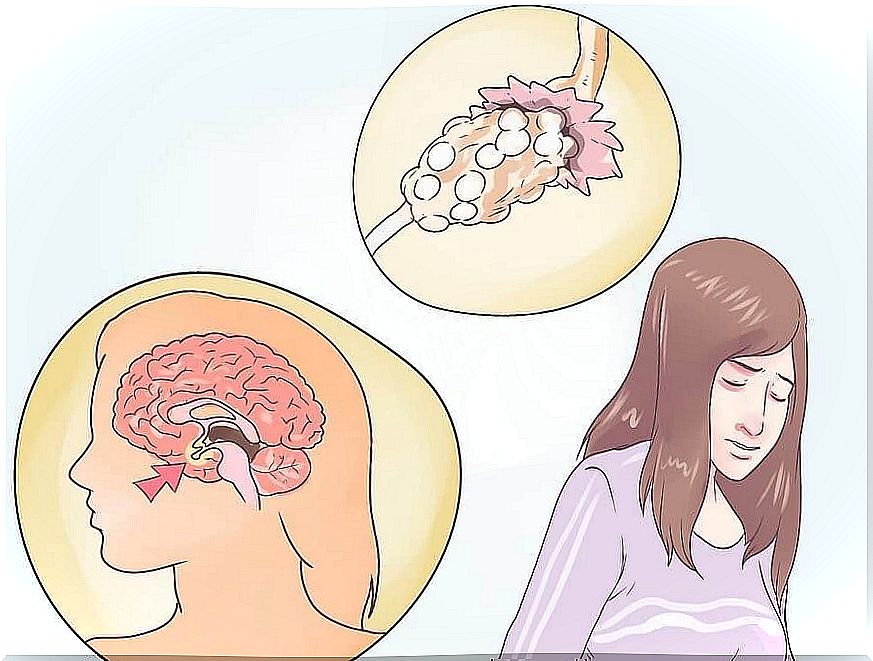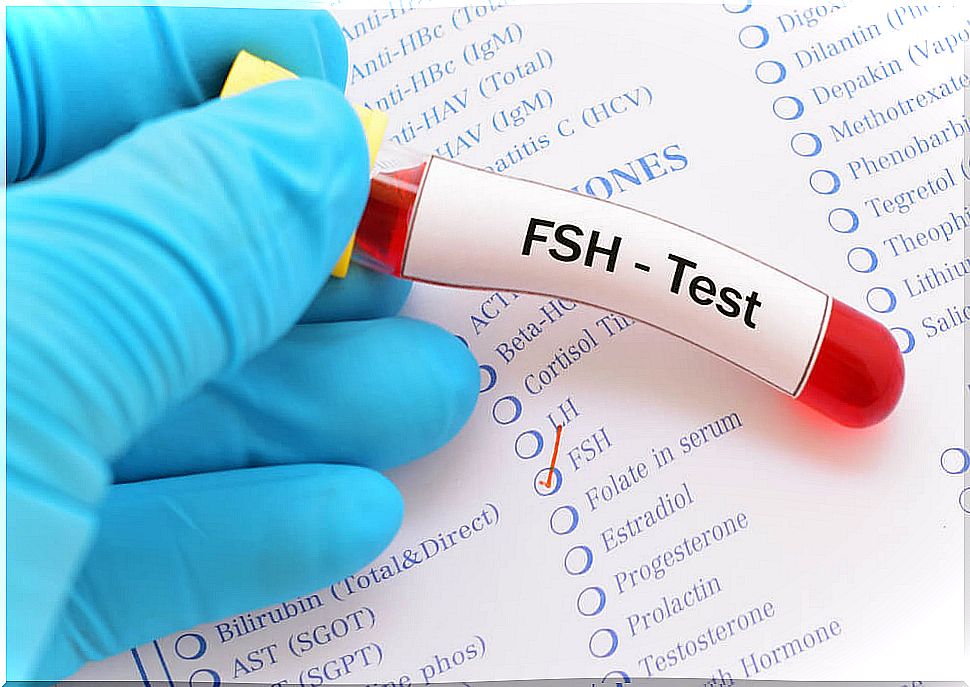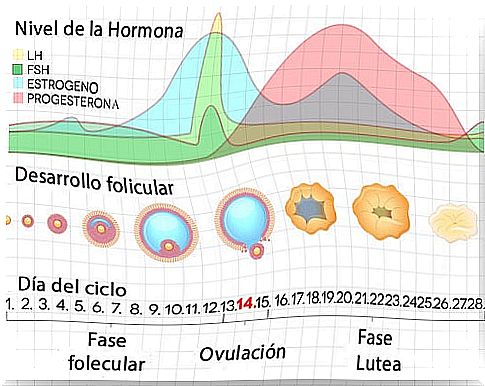Follicle-stimulating Hormone
The follicle-stimulating hormone test is performed to detect possible abnormalities in the functions of the reproductive system, such as early menopause or infertility.

Follicle stimulating hormone is also known as Follicle Stimulating Hormone, follitropin or simply as FHS for its acronym in English. It is a “gonadotropin” type of hormone. It is so called because it acts on the gonads, that is, on the sexual organs.
Follicle stimulating hormone is synthesized and secreted by the pituitary. More exactly because of the gonadotropic cells that are in the anterior part of that gland. This substance is responsible for sexual maturation and regulates a large part of reproduction.
In women, follicle-stimulating hormone is responsible for stimulating follicle development, leading to oocyte maturation and estrogen formation. In men, the hormone offers assistance in sperm production.
Functions of follicle stimulating hormone

As mentioned, in both women and men, follicle stimulating hormone works to help germ cells mature. The process that takes place in men and women is different.
Function in women
It stimulates the development of follicles in the ovary, acting mainly on the granular cells. When the follicles mature, one of them becomes dominant. The dominant follicle releases inhibin and estradiol. Both compounds decrease the production of follicle stimulating hormone.
Function in men
Follicle-stimulating hormone binds to receptors located in the cells of the seminiferous tubules, thus participating in sperm production. Then a process of cell growth and production of spermatogenic substances is generated.
This stimulates the generation of sperm. Testosterone spreads to the seminiferous tubules and there it facilitates spermatogenesis.
The FHS test

When there are problems in the reproductive system, a blood test is usually ordered to determine the amount of follicle-stimulating hormone.
However, the interpretation of these analyzes presents some difficulties. The FHS rates are constantly changing. Even the mood can make them change.
In women, this test is done to evaluate or diagnose menopause, ovarian cysts, abnormal bleeding, or infertility. For its part, in men it is used to detect infertility problems or evaluate the function of the testicles.
In children, it allows gathering information in cases of very early or late sexual development. In any case, when performing the blood test we have to take into account:
- Indicate what medications are being taken at the time of the test.
- For women, they should wait 4 to 7 days after their menstrual period.
- Take the test on an empty stomach.
- Do not participate in sports activities or have sex during the three days before the test
- If the person is a smoker, they should abstain from smoking for at least an hour and a half before the exam.
- Be relaxed and calm.
Reference values often vary from laboratory to laboratory. Likewise, the accuracy of the count depends on the technologies and the reagents used. These types of tests are generally repeated before reaching a final conclusion.
Abnormal FHS values

The follicle-stimulating hormone test result may show abnormal levels. Sometimes the rates are very high and other times very low.
- In the case of women, the usual is that a high level of HSF suggests the existence of ovarian failure or early menopause. It can also be a consequence of a tumor in the pituitary gland or an effect of Turner Syndrome.
- Low levels of follicle-stimulating hormone in women often have to do with low weight or its sudden decrease. They can also indicate ovulation problems or deficiencies in the pituitary or hypothalamus. It can occur when there is pregnancy.
- In the case of men, a high level of the hormone is generally an indicator of dysfunction in the testicles. This can happen from older age, heavy alcohol use, radiation therapy or chemotherapy, hormone treatments, pituitary tumors, or birth problems.
- Low levels generally signify deficiencies in the pituitary or hypothalamus.








